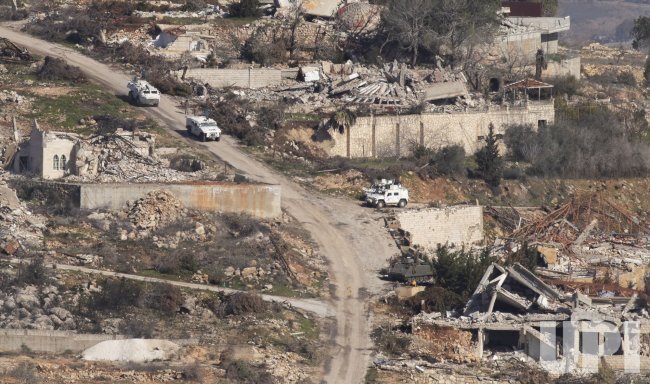How Israel took advantage of Lebanon ceasefire

BEIRUT – The Israeli regime bombed entire villages in southern Lebanon after the ceasefire agreement on September 27, 2024.
I spent a day in the Lebanese border village of Odaisseh and witnessed firsthand the widespread destruction caused by the regime’s military.
It looked like the aftermath of a natural disaster, but it wasn’t. This was man-made. An entire village had been razed to the ground.
But something else demanded even greater attention.
During the two-month ground war with Hezbollah, the Israeli occupation forces did not destroy entire streets of residential homes.
When I spoke to the locals, they all shared the same story.
The Israeli military planted explosives around the village and detonated them after the ceasefire agreement was reached.
During the war, Israeli infantry faced fierce resistance from Hezbollah in Odaisseh, struggling to seize control and occupy the village.
Only after the Lebanese resistance movement fulfilled its part of the ceasefire agreement and withdrew behind the Litani River Israeli forces occupied the village.
What the Israeli military did afterward was chilling. A deliberate act of destruction that seemed designed to erase any trace of the village.
Among the locals I spoke to was a woman named Halima. As she cleared the rubble from her destroyed home, she told me that videos of the village taken before the ceasefire agreement showed it was still intact.
A father named Ahmed was there with his wife and five-year-old son, Amir. As they inspected the remains of their neighboring home, he concurred that Odaisseh had been destroyed after the ceasefire.
Other locals on the streets shared the same account, confirming that the destruction occurred after the ceasefire.
They also shared several other sentiments: they didn’t regret Hezbollah opening a support front for Gaza, nor did they feel sorrow for the destruction of their homes.
They all believed that an Israeli invasion of their land had been years in the making.
They also felt it was Hezbollah’s duty to open a military support front in solidarity with Gaza on October 8, 2023.
It appears that the Israeli military exploited Hezbollah’s withdrawal from the southern border areas to destroy these regions, crafting an image of victory for the Israeli public.
At the edge of this mountainous village, Israeli troops and a Merkava tank were stationed across the border in northern Palestine.
“They are not men. They are cowards,” Halima said. “Only cowards blow up a village after a ceasefire. They couldn’t defeat our boys.”
The Israelis delayed the withdrawal of their occupation forces from the southern Lebanese border, extending it beyond the 60-day period stipulated in the ceasefire agreement, until February 18.
In a controversial move, even after February 18, the occupation forces continue to hold on to five points along the Lebanese border.
“The resistance shouldn’t have agreed to a ceasefire,” Ahmed argued.
He has no regrets about his home being demolished. “We will rebuild again and again. This is our land. That’s not even their land,” he said, pointing across the border.
Leave a Comment